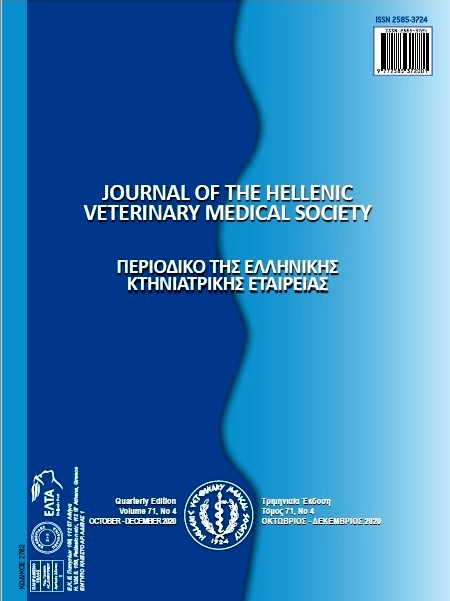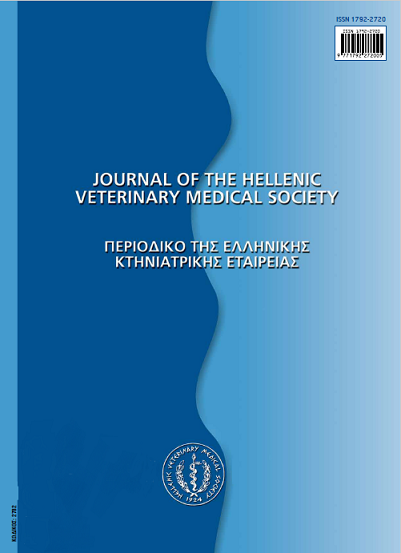Reduction rate of nematode egg counts and third-stage larvae development from sheep and goat faeces preserved at 4οC
Résumé
Gastrointestinal nematode parasites cause major production losses to small ruminants. The most common way to diagnose or monitor the worm burdens in sheep and goats remains the quantitative parasitological examinations, i.e. the faecal egg counts. However, the reliability of the results of such methods depends greatly on the conditions and duration of the storage of the faecal samples prior to examination. The aim of this research was to evaluate the reduction rate and the maximum storage period, without significant losses, of nematode egg counts and third-stage larvae development from sheep and goat faeces preserved at 4οC. Towards this end, a pooled faecal sample was formed by collecting faeces from naturally infected sheep and goats (separately). Faecal egg counts and coprocultures were performed on fresh faeces and on preserved ones every week and up to 119 days post sampling. It was concluded that the preservation at 4oC, i.e. into a refrigerator, of fresh faeces from sheep and goats for parasitological examinations poses danger of misdiagnosis, if not performed in a period not exceeding 3 weeks of time. The rate of reduction of the faecal nematode egg counts starts to be significant lower than the ones performed with fresh samples, for both sheep and goats, after the third week of storage. The percentage of the gastrointestinal nematode larvae developing to the infective third–stage alters significantly for the Haemonchus genus, soon after the first week of storage (p<0.05).
Article Details
- Comment citer
-
DRIMTZIA, A., & PAPADOPOULOS, E. (2018). Reduction rate of nematode egg counts and third-stage larvae development from sheep and goat faeces preserved at 4οC. Journal of the Hellenic Veterinary Medical Society, 67(3), 177–182. https://doi.org/10.12681/jhvms.15636
- Numéro
- Vol. 67 No 3 (2016)
- Rubrique
- Research Articles

Ce travail est disponible sous licence Creative Commons Attribution - Pas d’Utilisation Commerciale 4.0 International.
Authors who publish with this journal agree to the following terms:
· Authors retain copyright and grant the journal right of first publication with the work simultaneously licensed under a Creative Commons Attribution Non-Commercial License that allows others to share the work with an acknowledgement of the work's authorship and initial publication in this journal.
· Authors are able to enter into separate, additional contractual arrangements for the non-exclusive distribution of the journal's published version of the work (e.g. post it to an institutional repository or publish it in a book), with an acknowledgement of its initial publication in this journal.
· Authors are permitted and encouraged to post their work online (preferably in institutional repositories or on their website) prior to and during the submission process, as it can lead to productive exchanges, as well as earlier and greater citation of published work.








